|
|
The sun, an enormous ball of plasma, looms over our planet, providing life and sustaining our ecosystems. The energy it radiates is free and clean, so it’s natural that many people want to harness its power for their benefit.
Solar panels offer a sustainable solution to our growing energy needs, but have you ever wondered why some installations have a better output than others?
Below, will delve into the numerous elements that can impact the efficiency and performance of solar panels.
From environmental conditions to technological advancements, these factors play a significant role in determining the overall effectiveness of solar energy systems.
Read on to discover the intricacies behind harnessing the full potential of solar power for your home or business.
Key Takeaways
- Proper solar panel orientation and alignment are crucial for maximizing energy output.
- Environmental factors, such as temperature and weather conditions, can significantly impact solar panel efficiency.
- Shading and obstructions must be minimized to ensure optimal sunlight exposure.
- Different solar panel technologies (monocrystalline, polycrystalline, bifacial, and thin-film) offer varying levels of efficiency and performance.
- Regular maintenance, including cleaning, is essential for maintaining the optimal output of a solar energy system.
Solar Panel Orientation
Harnessing the full potential of solar energy requires careful consideration of solar panel orientation. This ensures that the panels receive maximum sunlight exposure throughout the day and across different seasons, ultimately boosting their performance and efficiency.
The Importance of Proper Alignment
Proper alignment is absolutely necessary for maximizing the output of a solar energy system. It involves positioning the panels to face the most sunlight throughout the day, taking into account seasonal variations in sun angle.
An optimal orientation minimizes energy losses due to shading while also reducing the impact of environmental factors such as temperature fluctuations and snow accumulation.
Optimal Angles for Different Locations
Selecting the ideal tilt angle for solar panels depends on your geographical location, as well as specific needs and goals.
Generally speaking, tilting panels at an angle equal to your latitude is recommended for balanced year-round performance.
For those looking to optimize winter production, increasing the tilt angle by 10-15 degrees can help capture more sunlight during months with lower sun angles.
Conversely, if summer production is a priority (e.g., for cooling purposes), decreasing the tilt angle by 10-15 degrees can improve solar energy capture during high-sun-angle months.
To help you find your ideal angle, here’s a simple infographic showcasing the most effective tilt values across the United States.
Environmental Factors
Environmental factors, such as temperature and weather conditions, can significantly impact the efficiency and performance of solar panels. Understanding these effects is crucial for optimizing solar energy systems.
Temperature Effects on Efficiency
While solar panels rely on sunlight to generate electricity, they can experience reduced efficiency under high temperatures. As the temperature increases, the output voltage of a solar panel decreases, leading to a drop in power production.
As a 2011 study demonstrated, the drop can be quite significant, with dramatic increases in operating cell temperatures reducing the output by more than 10 watts.
To minimize these effects, it’s essential to ensure adequate airflow around the panels to dissipate heat and maintain optimal operating temperatures.
Weather Conditions and Their Impact
A common misconception about solar panels is that they only work under direct sun. In reality, they can still generate electricity in other conditions, although at a reduced efficiency.
Cloudy skies diminish the amount of sunlight reaching the panels, with rain even reducing their output by more than 50% under certain angles. Snow accumulation can obstruct sunlight entirely, rendering the panels ineffective until cleared.
Shading and Obstructions
Shading and obstructions can have a significant impact on the output of solar panels. Objects such as trees, buildings, or even neighboring solar panels can cast shadows that reduce sunlight exposure, lowering the system’s overall efficiency.
To minimize shading issues, it’s essential to carefully assess the installation site and position solar panels with minimal interference from potential obstructions. Periodic trimming of trees and other vegetation may also be necessary to maintain optimal solar exposure.
Solar Panel Technology
As technology continues to advance, the solar industry evolves with it, offering a wider range of solar panel options that cater to various needs and budgets.
Understanding the differences between these technologies is crucial for maximizing energy production and achieving the greatest return on investment.
Monocrystalline vs Polycrystalline Panels
Monocrystalline and polycrystalline panels are two of the most common solar panel technologies on the market.
Polycrystalline photovoltaic (PV) cells are made from a cast of molten silicon, cooled, and cut into square wafers. They have a blue hue. On the other hand, monocrystalline PV cells are cut from a single cylindrical crystal of silicon. They’re black in color and tend to be more expensive than polycrystalline panels.
The higher price of monocrystalline panels is well worth the investment, as they are more efficient and boast a better temperature coefficient.
| Factors | Polycrystalline solar panels | Monocrystalline solar panels |
| Cost | Lower | Higher |
| Average efficiency | 13% to 16% | 15% to 23% |
| Temperature coefficient | Lower output in heat | Good output in heat |
Bifacial Solar Panels
Bifacial solar panels represent an innovative advancement in solar technology, designed to capture sunlight on both their front and back sides. This unique feature offers several advantages over traditional single-sided panels:
- Increased efficiency: By harnessing light from both direct sunlight and reflected or diffused light, bifacial panels can generate more electricity than their single-sided counterparts. This increased efficiency (up to 22%) makes them well-suited for installations where space is limited or where maximizing energy production is a priority.
- Improved performance in low-light conditions: Bifacial panels can also perform better in low-light conditions, such as early mornings or late afternoons, due to their ability to capture sunlight from multiple angles.
However, due to their better efficiency, bifacial panels typically come at a higher upfront cost.
Thin-Film Solar Panels
Thin-film solar panels are another option available on the market, made from layers of semiconductor material much thinner than those used in monocrystalline or polycrystalline panels.
These lightweight, flexible panels can be applied to various surfaces, including curved structures and building-integrated photovoltaic (BIPV) applications.
Unfortunately, their unique structure harms the overall efficiency (11% on average), which is significantly lower than that of traditional monocrystalline and polycrystalline panels.
Regular Maintenance
Proper maintenance is essential for maximizing the lifespan and efficiency of a solar energy system.
As solar panels are essentially giant flat surfaces exposed to the elements, they can accumulate dirt, debris, and even bird droppings over time. This buildup can obstruct sunlight and reduce a panel’s performance.
Regular cleaning of solar panels is necessary to maintain optimal output levels. In most cases, a simple rinse with water or a gentle brush can help remove dirt and debris.
However, it’s essential to follow the manufacturer’s guidelines for cleaning and maintenance to avoid damaging the panels.
Final Thoughts
Understanding the various factors that affect solar panel output is crucial for anyone considering investing in solar energy.
From proper orientation and environmental factors to selecting the right technology and maintenance practices, each aspect can affect the efficiency and performance of solar panels, impacting your overall return on investment.
By taking the time to carefully consider each factor and making informed decisions about your solar energy system, you can harness the full potential of the sun’s power for your home or business.
The future of clean, renewable energy is bright, and with continued advancements in solar technology, we can look forward to a more sustainable tomorrow. So go ahead, explore the possibilities of solar energy, and let the sun power your world!
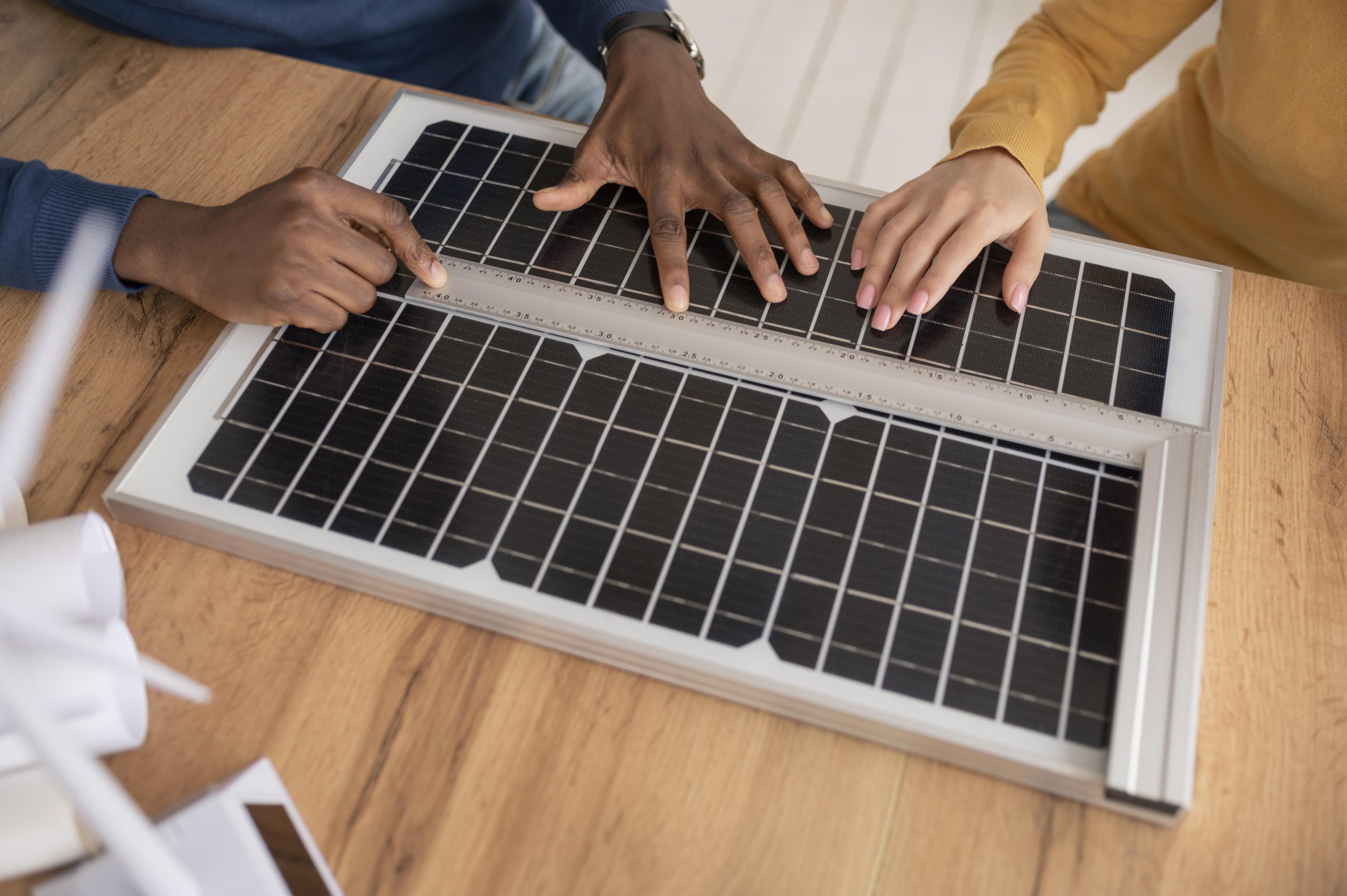

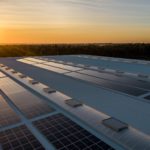




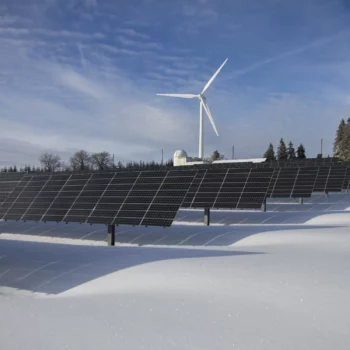
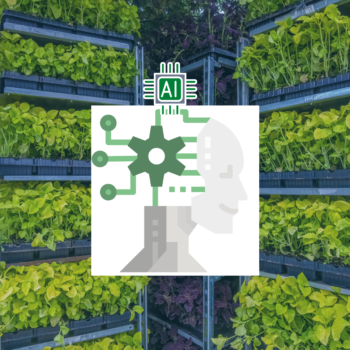

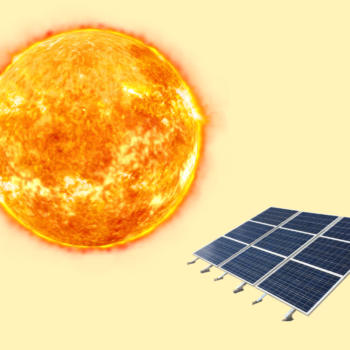


No Comments